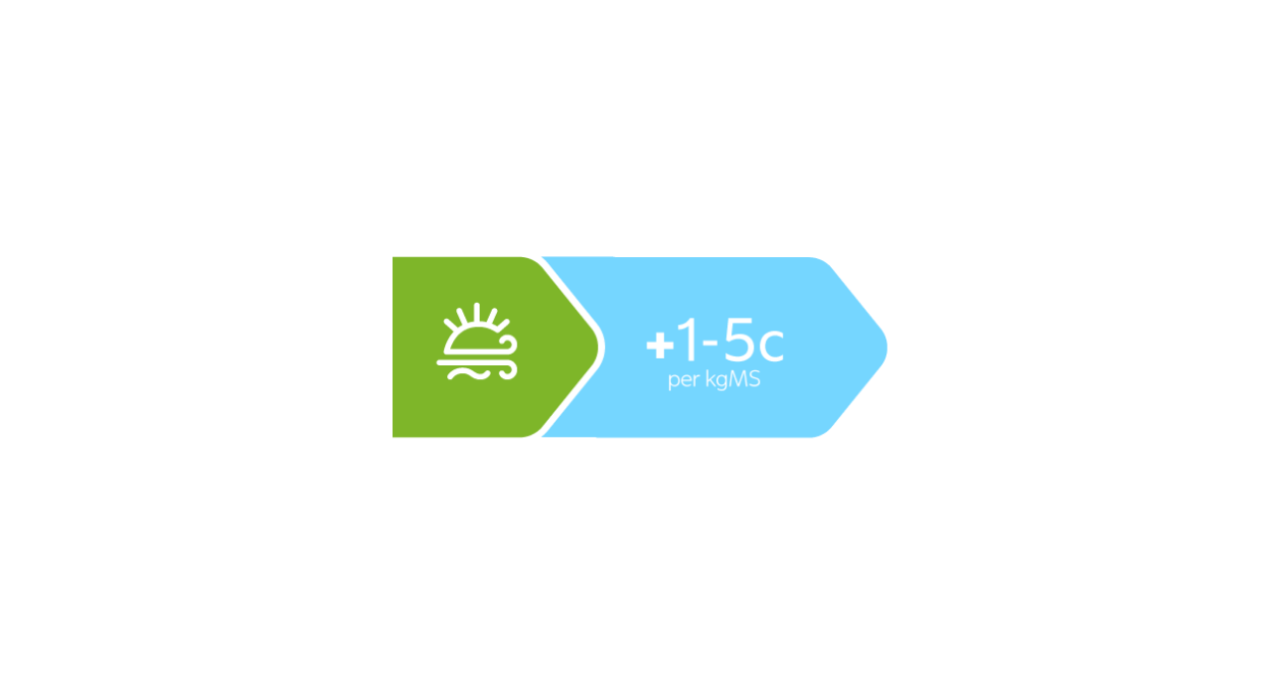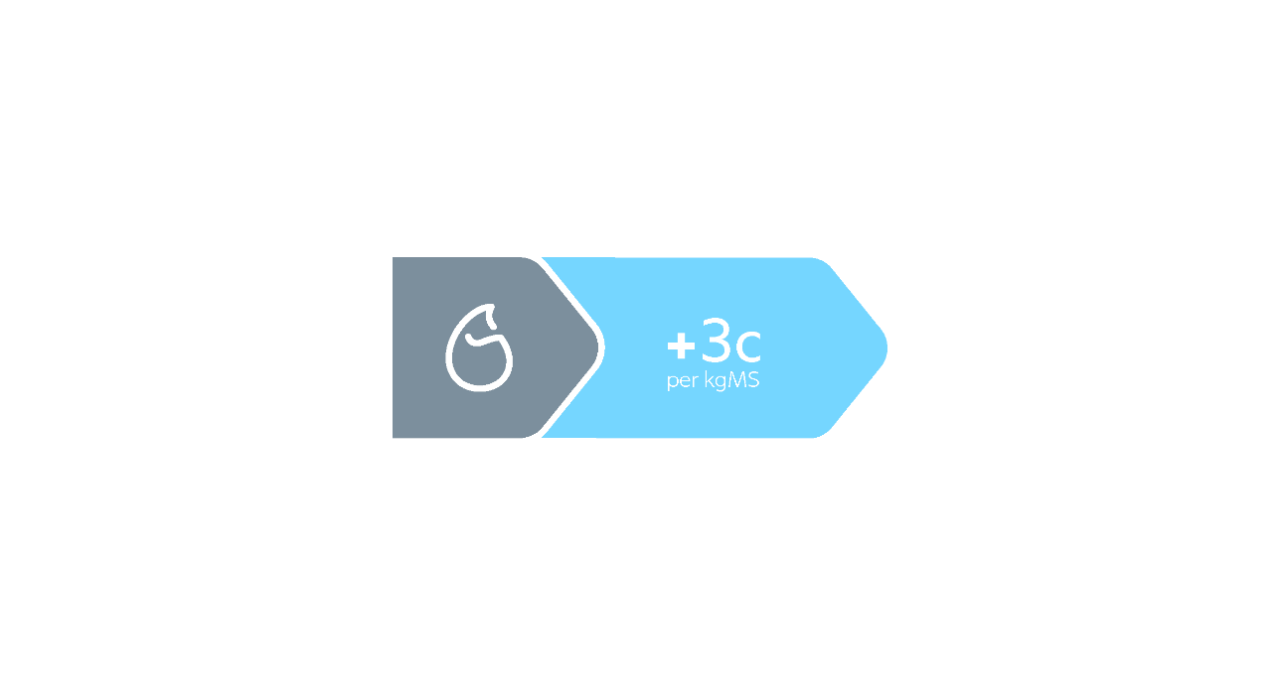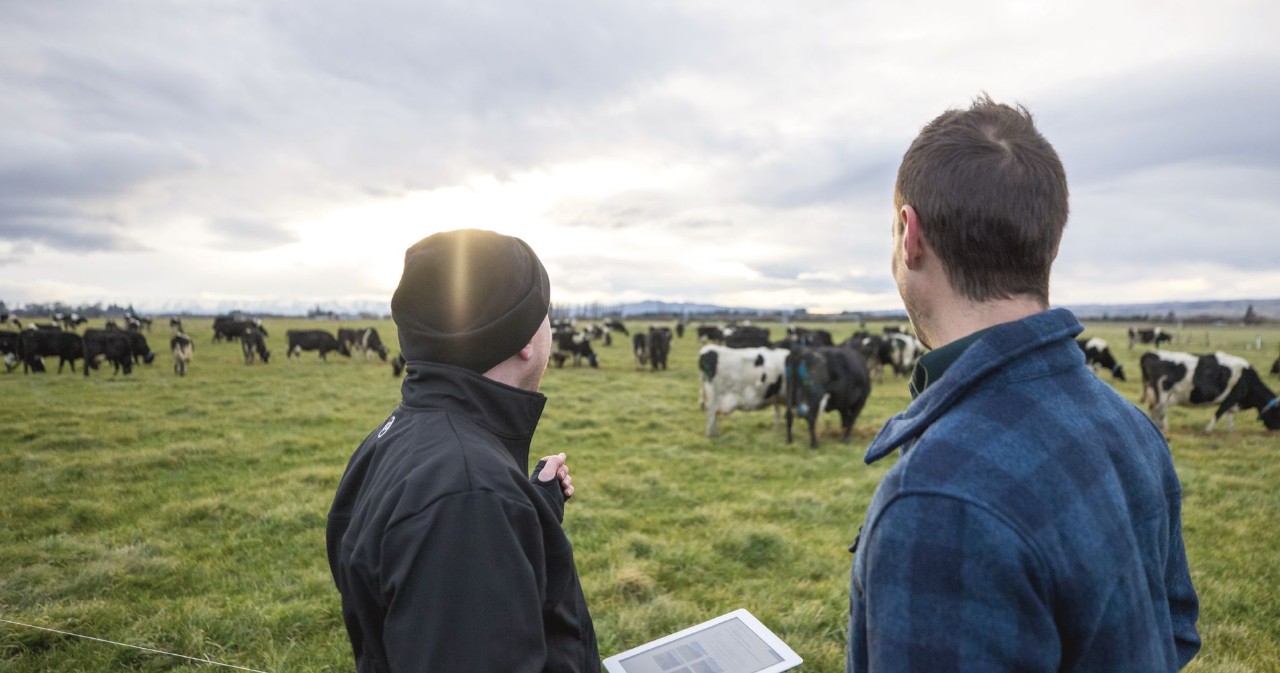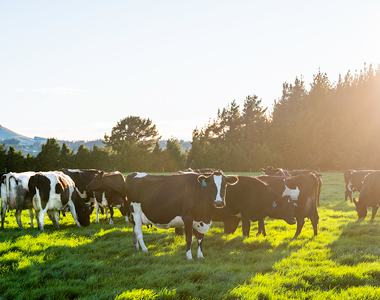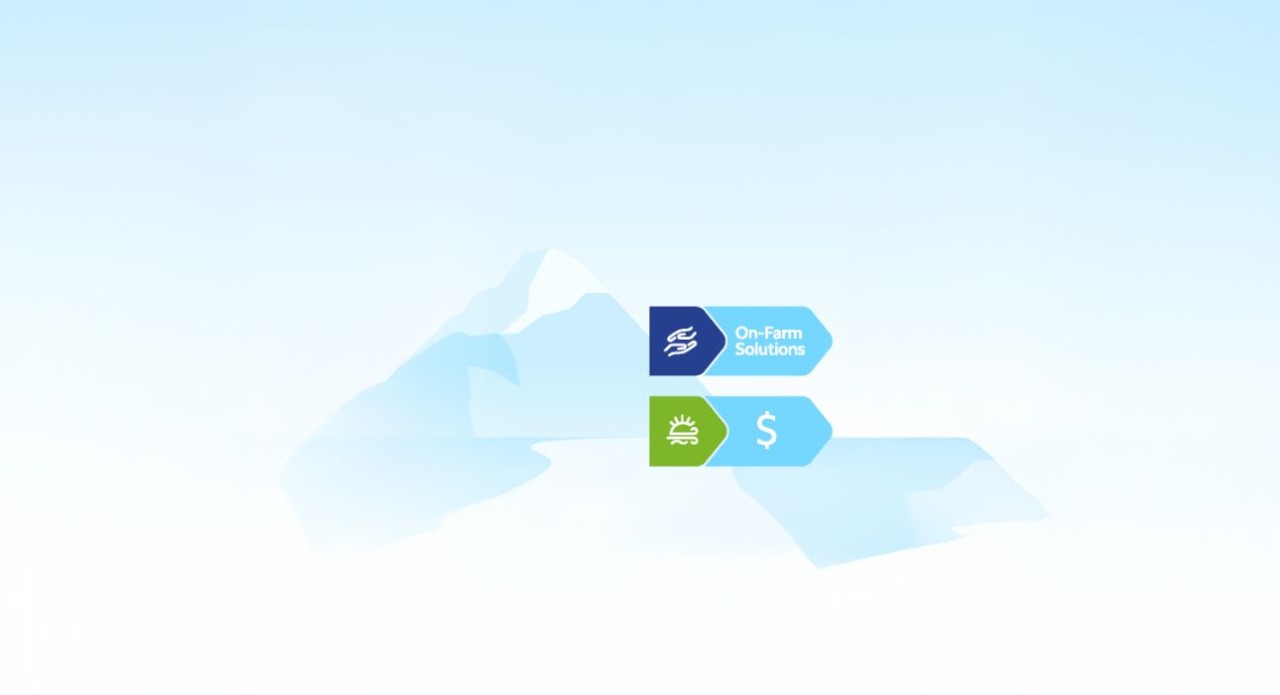If you've completed Te Pūtake, you'll be eligible for Te Puku achievements. This includes up to 8 cents per kgMS.
These payments are received by achieving Milk Quality Excellence (3 cents per kgMS) and Emissions Excellence (1-5 cents per kgMS).
You can pursue one or both achievements.


